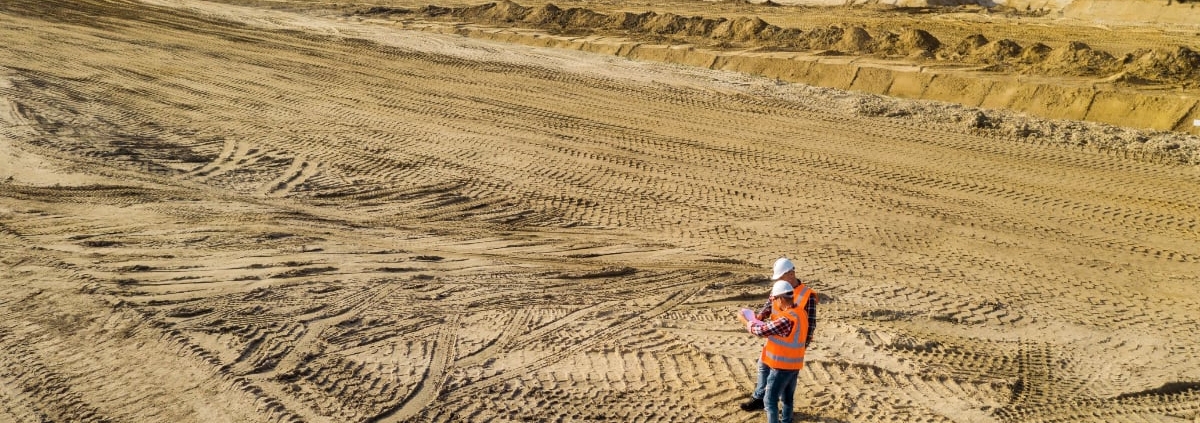The Emergence of Composite Materials in Road Construction
In the ever-evolving landscape of civil engineering, the quest for durability, cost-efficiency, and sustainability in road construction has led to innovative solutions. Among these, the utilization of Fiber Reinforced Polymer (FRP) composites stands out, heralding a new era in highway infrastructure.
Challenges Facing Modern Highway Infrastructure
The backbone of any nation’s economy, its highway infrastructure, is facing a crisis of deterioration. Aging road systems, some built decades ago, are struggling to cope with the increasing traffic volumes and the heavy loads they bear daily. Moreover, these structures are constantly exposed to harsh weather conditions, ranging from freezing temperatures that lead to ice formation to scorching heat that causes expansion and contraction of materials. These factors contribute to the rapid degradation of road surfaces, leading to potholes, cracks, and other forms of distress that compromise the safety and efficiency of the transportation network.
Maintenance of these aging systems poses another significant challenge. Traditional repair methods are not only time-consuming and disruptive to traffic but also a recurring expense, leading to a cycle of patchwork solutions that are neither sustainable nor cost-effective in the long run. The environmental impact of traditional road construction and maintenance methods also cannot be overlooked. The extraction, production, and transportation of materials like asphalt and concrete, along with the emissions from construction machinery, contribute significantly to the carbon footprint of infrastructure projects.
The Rise of GFRP Composites
In the face of these daunting challenges, there is a pressing need for innovative solutions that pave the way for more sustainable, durable, and efficient road infrastructure. The materials used in construction play a pivotal role in the longevity and performance of roads. As such, there’s an imperative to explore and embrace materials that offer enhanced durability, require minimal maintenance, and have a reduced environmental impact.
Fiber Reinforced Polymer (FRP) composites emerge as a beacon of innovation in this context. These materials, known for their high strength-to-weight ratio and resistance to corrosion, present a revolutionary alternative to traditional construction materials like steel and concrete. FRP composites, such as fiberglass rebar, are not only lighter and stronger but also impervious to the corrosive effects of weather and chemicals used in road maintenance, such as deicing salts. This resilience translates into longer-lasting road infrastructure with reduced need for frequent repairs.
Environmental Advantages and Future Directions
The environmental benefits of GFRP composites are equally compelling. Their lighter weight reduces transportation costs and associated emissions, and their longer lifespan means less frequent replacement and repair, leading to a reduction in the consumption of raw materials and energy. Moreover, the manufacturing process of FRP materials often has a lower environmental impact compared to traditional materials like steel.
In summary, the challenges posed by the deteriorating state of highway infrastructure call for a shift from conventional methods to innovative, sustainable solutions. FRP composites, with their exceptional properties and environmental benefits, stand out as a promising solution to reinvent and revitalize road construction and maintenance. The subsequent articles will delve deeper into the properties of these materials, their applications in road construction, and the economic and environmental advantages they offer, shaping the future of highway infrastructure.





